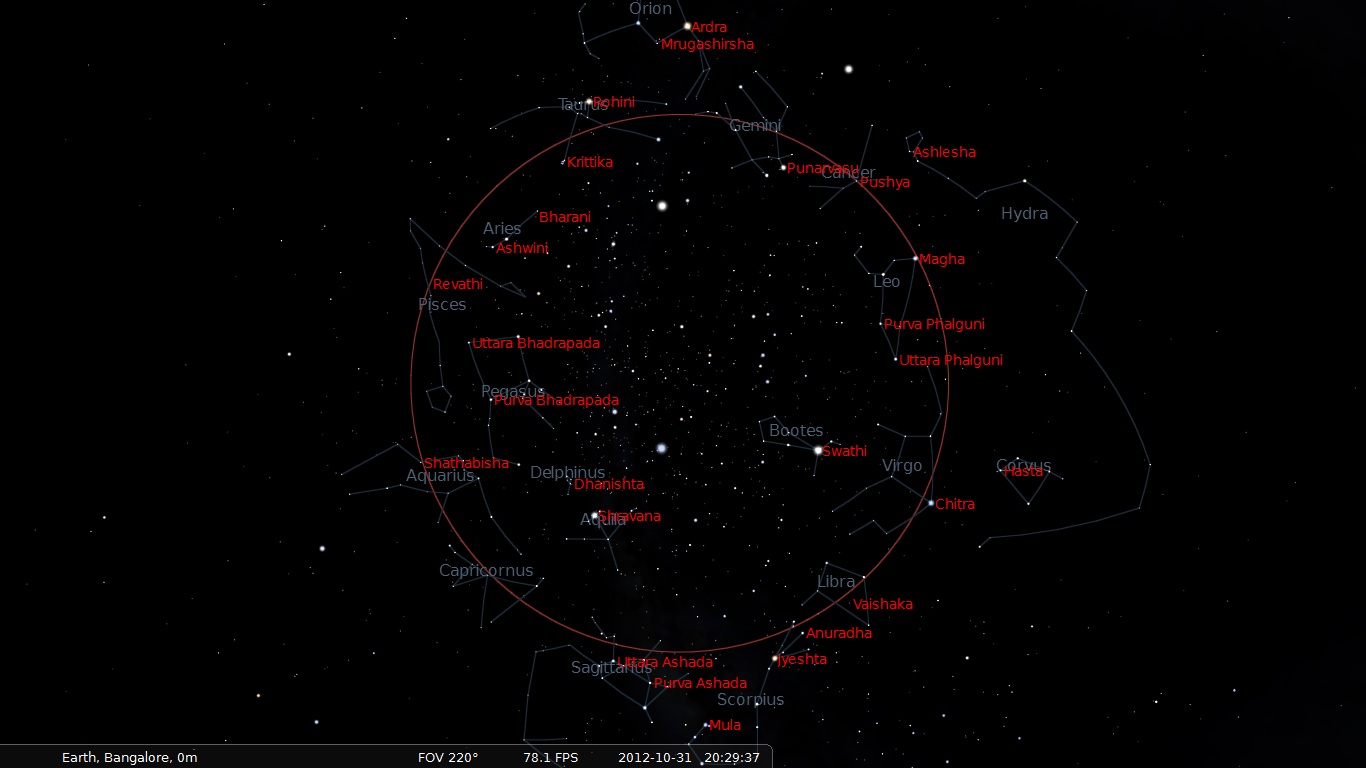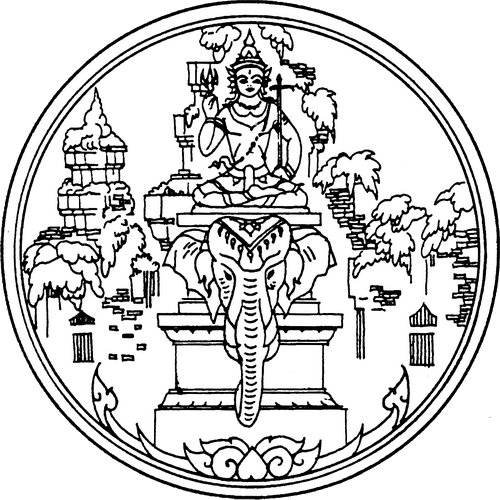|
Bṛhaspati
Brihaspati (, ), is a Hindu god. In the ancient Vedic scriptures, Brihaspati is associated with fire, and the word also refers to a god who counsels the devas and devis (gods and goddesses). In some later texts, the word refers to the largest planet of the Solar System, Jupiter, and the deity is associated with the planet as a Navagraha. Sage Brihaspati appears in the Rigveda (pre-1000 BCE), such as in the dedications to him in the hymn 50 of Book 4; he is described as a sage born from the first great light, the one who drove away darkness, is bright and pure, and carries a special bow whose string is '' Rta'' or "cosmic order" (basis of dharma). His knowledge and character is revered, and he is considered Guru (teacher) by all the Devas. In the Vedic literature and other ancient texts, sage Brihaspati is also called by other names such as Bramanaspati, Purohita, Angirasa (son of Angiras) and Vyasa; he is sometimes identified with god Agni (fire). His wife is Tara (or g ... [...More Info...] [...Related Items...] OR: [Wikipedia] [Google] [Baidu] |
Thursday
Thursday is the day of the week between Wednesday and Friday. According to the ISO 8601 international standard, it is the fourth day of the week. In countries which adopt the "Sunday-first" convention, it is the fifth day of the week. Name Thunor's day The name is derived from Old English ''þunresdæg'' and Middle English ''Thuresday''. It was named after the Old English god ''Thunor''. ''Thunor'' and ''Thor'' are derived from the name of the Germanic god of thunder, *''Thunraz'', equivalent to Jupiter (mythology), Jupiter in the ''interpretatio romana''. In most Romance languages, the day is named after the Roman god Jupiter (mythology), Jupiter, who was the god of sky and thunder. In Latin, the day was known as ''Iovis Dies'', "Jupiter's Day". In Latin, the genitive or possessive case of Jupiter was ''Iovis''/''Jovis'' and thus in most Romance languages it became the word for Thursday: Italian language, Italian ''giovedì'', Spanish language, Spanish ''jueves'', French lan ... [...More Info...] [...Related Items...] OR: [Wikipedia] [Google] [Baidu] |
Nakshatra
Nakshatra () is the term for Lunar mansion in Hindu astrology and Buddhist astrology. A nakshatra is one of 27 (sometimes also 28) sectors along the ecliptic. Their names are related to a prominent star or asterisms in or near the respective sectors. In essence (in Western astronomical terms), a nakshatra simply is a constellation. Every nakshatra is divided into four ''padas'' ( "steps"). The starting point for the nakshatras according to the ''Vedas'' is "Krittika" (it has been argued, because the Pleiades may have started the year at the time the ''Vedas'' were compiled, presumably at the vernal equinox), but, in more recent compilations, the start of the nakshatras list is the point on the ecliptic directly opposite the star Spica, called ''Chitrā'' in Sanskrit. This translates to Ashwinī, a part of the modern constellation of Aries. These compilations, therefore, may have been compiled during the centuries when the sun was passing through Aries at the time of the ver ... [...More Info...] [...Related Items...] OR: [Wikipedia] [Google] [Baidu] |
Hindu Deities
Hindu deities are the gods and goddesses in Hinduism. Deities in Hinduism are as diverse as its traditions, and a Hindu can choose to be polytheistic, pantheistic, monotheistic, monistic, even agnostic, atheistic, or humanist. Julius J. Lipner (2009), Hindus: Their Religious Beliefs and Practices, 2nd edition, Routledge, , p. 8; Quote: "(...) one need not be religious in the minimal sense described to be accepted as a Hindu by Hindus, or describe oneself perfectly validly as Hindu. One may be polytheistic or monotheistic, monistic or pantheistic, even an agnostic, humanist or atheist, and still be considered a Hindu." The terms and epithets for deities within the diverse traditions of Hinduism vary, and include Deva, Devi, Ishvara, Ishvari, Bhagavān and Bhagavati. The deities of Hinduism have evolved from the Vedic era (2nd millennium BCE) through the medieval era (1st millennium CE), regionally within Nepal, Pakistan, India and in Southeast Asia, and across Hinduism ... [...More Info...] [...Related Items...] OR: [Wikipedia] [Google] [Baidu] |
Sanskrit
Sanskrit (; stem form ; nominal singular , ,) is a classical language belonging to the Indo-Aryan languages, Indo-Aryan branch of the Indo-European languages. It arose in northwest South Asia after its predecessor languages had Trans-cultural diffusion, diffused there from the northwest in the late Bronze Age#South Asia, Bronze Age. Sanskrit is the sacred language of Hinduism, the language of classical Hindu philosophy, and of historical texts of Buddhism and Jainism. It was a lingua franca, link language in ancient and medieval South Asia, and upon transmission of Hindu and Buddhist culture to Southeast Asia, East Asia and Central Asia in the early medieval era, it became a language of religion and high culture, and of the political elites in some of these regions. As a result, Sanskrit had a lasting effect on the languages of South Asia, Southeast Asia and East Asia, especially in their formal and learned vocabularies. Sanskrit generally connotes several Indo-Aryan languages# ... [...More Info...] [...Related Items...] OR: [Wikipedia] [Google] [Baidu] |
Charvaka
Charvaka (; IAST: ''Cārvāka''), also known as ''Lokāyata'', is an ancient school of Indian philosophy, Indian materialism. It's an example of the Hindu Atheism, atheistic schools in the Ancient Indian philosophies. Charvaka holds direct perception, empiricism, and conditional inference as proper sources of knowledge, embraces philosophical skepticism, and rejects ritualism. In other words, the Charvaka epistemology states that whenever one infers a truth from a set of observations or truths, one must acknowledge doubt; inferred knowledge is conditional. It was a well-attested belief system in ancient India. Brihaspati, a philosopher, is traditionally referred to as the founder of Charvaka or Lokāyata philosophy, although some scholars dispute this. Charvaka developed during the Hindu reformation period in the first millennium BCE, after Buddhism was established by Gautama Buddha and Jainism was re-organized by Parshvanatha. Its teachings have been compiled from historic sec ... [...More Info...] [...Related Items...] OR: [Wikipedia] [Google] [Baidu] |
Deva (Hinduism)
''Deva'' (, ) means 'shiny', 'exalted', 'heavenly being', 'divine being', 'anything of excellence', and is also one of the Sanskrit terms used to indicate a deity in Hinduism.Monier Monier-Williams, A Sanskrit-English Dictionary” Etymologically and Philologically Arranged to cognate Indo-European Languages, Motilal Banarsidass, page 492 ''Deva'' is a masculine term; the feminine equivalent is ''Devi (Hinduism), Devi''. The word is a cognate with Latin ''deus'' ('god') and Greek Zeus. In the earliest Vedic literature, all supernatural beings are called ''Devas''George Williams (2008), A Handbook of Hindu Mythology, Oxford University Press, , pages 90, 112 and ''Asuras''. The concepts and legends evolved in Indian literature#In archaic Indian languages, ancient Indian literature, and by the late Vedic period, benevolent supernatural beings are referred to as ''Deva-Asuras''. In post-Vedic Hindu texts, such as the Puranas and the Itihasas of Hinduism, the ''Devas'' represent the g ... [...More Info...] [...Related Items...] OR: [Wikipedia] [Google] [Baidu] |
Tara (Hindu Goddess)
is the Hindu goddess of felicity and sanguineness. She is also known as the "Wisdom Goddess" in Nepal and Tibet. Tara is the consort of Hindu god Brihaspati, the god of planet Jupiter. According to some Puranas, Tara sired or mothered a child named Budha, the god of Mercury through Chandra and had a son named Kacha through Brihaspati. Story Tara was the wife of Brihaspati, the guru of Devas. According to historians, it is mentioned as her husband spent most of his time with the problems and matters of Devas, she felt being ignored by her husband. One day, Chandra, the moon god visited Brihaspati. There he saw Tara and was captivated by her beauty. Chandra used Hypnosis on Tara. Brihaspati was infuriated and demanded Chandra to return his wife. Chandra told Brihaspati that Tara was happy and satisfied with him. He enquired as to how an old man could be the husband of a young woman. This made Brihaspati more annoyed and he warned Chandra for battle. Indra and other Devas gat ... [...More Info...] [...Related Items...] OR: [Wikipedia] [Google] [Baidu] |
Kesari (Ramayana)
Kesari is a male ''vanara,'' and a figure in Hindu mythology. He is the father of Hanuman and the husband of Anjana. Legend Early Life While mighty Kesari ruled the Mount Meru/Sumeru, Brahmā cursed an apsara named Managarva, and turned her into a vanara. She married Kesari, under the name Anjana. For a long time, the couple were childless. Anjana propitiated Vayu for a child. In Shaiva tradition, Shiva was requested to beget a son to help Vishnu, who was about to incarnate as Rama to slay Ravana. Shiva and Parvati took the form of vanaras and engaged in intercourse. When Vayu appeared, the couple made their presence known, and Parvati revealed the child inside her. Parvati refused to take the foetus in the form of a vanara to Kailasha. As Shiva had instructed, Parvati offered the child to Vayu, who transferred it to Anjana's womb, who gave birth to Hanuman. Later Life Kesari, Anjana and child Hanuman moved to Kishkindha on the request of its king Riksharaja, father of ... [...More Info...] [...Related Items...] OR: [Wikipedia] [Google] [Baidu] |
Manusmriti
The ''Manusmṛti'' (), also known as the ''Mānava-Dharmaśāstra'' or the Laws of Manu, is one of the many legal texts and constitutions among the many ' of Hinduism. Over fifty manuscripts of the ''Manusmriti'' are now known, but the earliest discovered, most translated, and presumed authentic version since the 18th century is the "Kolkata (formerly Calcutta) manuscript with Kulluka Bhatta commentary". Modern scholarship states this presumed authenticity is false, and that the various manuscripts of ''Manusmriti'' discovered in India are inconsistent with each other. The metrical text is in Sanskrit, is dated to the 2nd century BCE to 2nd century CE, and presents itself as a discourse given by Manu (Svayambhuva) and Bhrigu on dharma topics such as duties, rights, laws, conduct, and virtues. The text's influence had historically spread outside India, influencing Hindu kingdoms in modern Cambodia and Indonesia. In 1776, ''Manusmriti'' became one of the first Sanskrit texts ... [...More Info...] [...Related Items...] OR: [Wikipedia] [Google] [Baidu] |
Svarga
Svarga (, ), also known as Swarga, Indraloka and Svargaloka, is the celestial abode of the devas in Hinduism. Svarga is one of the seven higher lokas ( esoteric planes) in Hindu cosmology. Svarga is often translated as heaven, though it is regarded to be dissimilar to the concept of the Abrahamic Heaven. Description Svarga is a set of celestial worlds located on and above Mount Meru, where those who had led righteous lives by adhering to the scriptures delight in pleasures, before their next birth on earth. It is described to have been built by the deity Tvashtar, the Vedic architect of the devas. The king of the devas, Indra, is the ruler of Svarga, ruling it with his consort, Indrani. His palace in the abode is called Vaijayanta. This palace holds the famous hall, Sudharma, unrivalled among all the princely courts. The capital of Svarga is Amaravati, and its entrance is guarded by the legendary elephant, Airavata. Svarga is described to be the home of Kamadhenu, the c ... [...More Info...] [...Related Items...] OR: [Wikipedia] [Google] [Baidu] |






